I'm really happy to announce that I've won for myself an all expenses paid trip to join the Timberland Earthkeepers reforestation efforts in Horqin in Inner Mongolia, as well as a nature appreciation trip to Jiuzhaigou Valley (worth S$3,500). On top of that, I get a S$1,000 Timberland voucher.

When I first learnt about the contest, I wasn't sure if I wanted to commit my time and energy, but then I finally decided to give it a shot. After all, it's not often that nature bloggers like me get to join contests and write about the environment and conservation, and it would have been a shame if I let this opportunity go to waste.

Who knows, maybe this will help more companies take notice of Singapore's very own nature blogging community. It may be a very small group compared to say, the number of bloggers who focus on fashion, beauty, tech or food, but this is a bunch that has no shortage of highly knowledgeable and skilled people who write excellent posts, and is definitely deserving of more attention and recognition.
It gives me great pleasure to see the effort I put into this blog paying off, and how it's given me this opportunity to seek new challenges and experiences in a foreign land. This will be my first ever trip to this part of the world, and I have no experience with deserts and steppes, so I'll definitely have to make plenty of preparations beforehand.



Images from the 2010 trip;
(Photos from Timberland Singapore)
I promised James (who has a passion for arachnids) that I'll try to find desert critters such as solpugids ('camel spiders') and scorpions to photograph, but he told me to aim for bigger targets and search for the mythical Mongolian death worm.
Who cares about this...
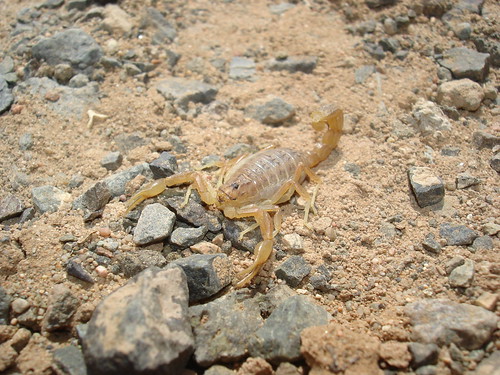
Scorpion, Gobi Desert;
(Photo by B_walker)
... when I could possibly discover a giant worm that measures 1.8 metres long, squirts deadly venom that corrodes metal, and can even kill prey with an electric shock?

"Dried specimen" of Mongolian death worm;
(Photo by Museum of World Wonders)
I don't think I'll get to see much of the larger native mammals (which I mentioned in my submission for the contest), since most of them have been wiped out from many areas and survive only in small numbers, but I'm hoping to have close encounters with the local lizards and snakes.

Mongolian racerunner (Eremias argus);
(Photo by pintailk)
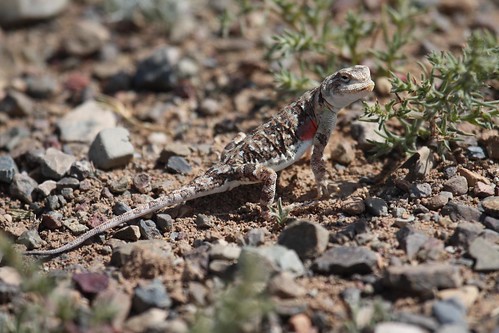
Variegated toadhead agama (Phrynocephalus versicolor)
(Photo by Alastair Rae)
This species is actually not found in the immediate vicinity of Horqin; this area is inhabited by a relative, Przewalski's toadhead agama (Phrynocephalus przewalskii).
As for the snakes, the following species are known to inhabit the region, and are considered harmless.


Left: Dione rat snake (Elaphe dione); (Photo by KP 761219)
Right: Red-backed rat snake (Elaphe rufodorsata); (Photo by Biomanias)

Slender racer (Hierophis spinalis);
(Photo by Kim Hyun-tae)
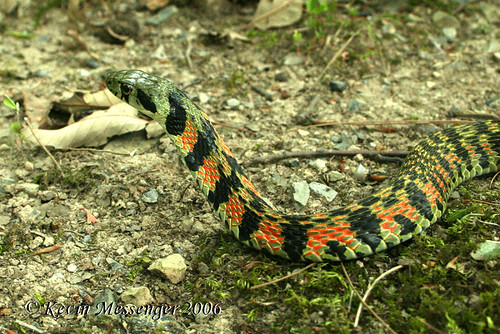
(Photo by Kevin Messenger)
In contrast, the tiger keelback (Rhabdophis tigrinus) is venomous, though it has caused few deaths.

(Photo by cowyeow)
The snake I'll really have to look out for is the short-tailed mamushi (Gloydius brevicaudus), the local pit viper.
Reptiles aside, I'm also hoping to get the chance to encounter other smaller critters, especially rodents. Did you know that the gerbils we see as pets today are descended from the Mongolian gerbil (Meriones unguiculatus)?
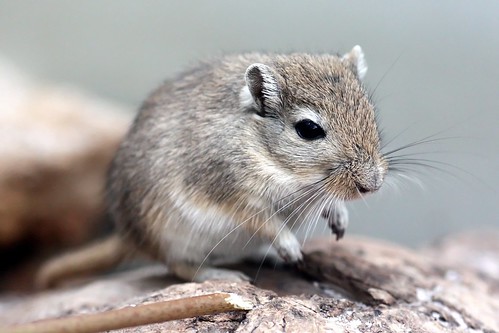
(Photo by StefanKoeder)
The same goes for our pet hamsters; Campbell's dwarf hamster (Phodopus campbelli) and Roborovski dwarf hamster (Phodopus roborovskii) both originate from the steppes of the region.
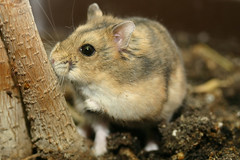

Left: Campbell's dwarf hamster; (Photo by ratfrett)
Right: Roborovski dwarf hamster; (Photo by roborovski hamsters)
Other rodents have not been domesticated, but are just as adorable.

(Photo by mihu)
The Daurian ground squirrel (Spermophilus dauricus) is widespread and abundant.

Mongolian marmot (Marmota sibirica);
(Photo by Mr.Ganaa)
On the other hand, marmots were once very common, but numbers have plummeted due to hunting.
The jerboas are desert specialists, and hop around on their hind legs like miniature kangaroos.

Siberian jerboa (Allactaga sibirica);
(Photo by R. Reading)

Hairy-footed jerboa (Dipus sagitta);
(Photo by Yu. K. Zintshenko)
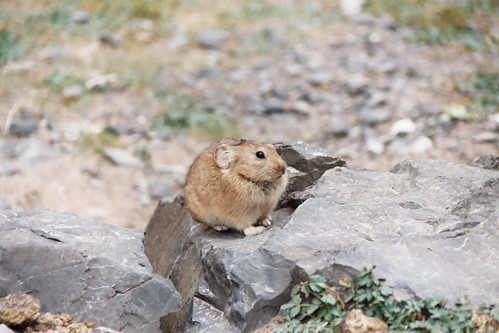
Pallas's pika (Ochotona pallasi);
(Photo by isajean)
Pikas are not rodents, but together with the rabbits and hares, form a closely related group known as lagomorphs. During the warmer months, they can be observed gathering fresh grass and stacking it in the open to dry, before storing the hay in their burrows to last them through the winter.
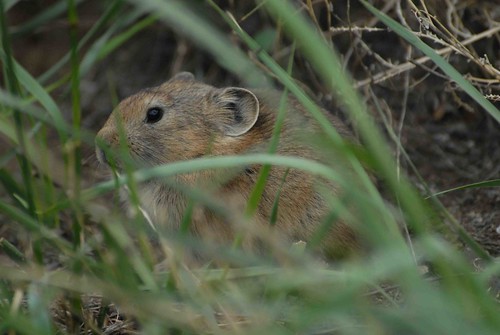
Daurian pika (Ochotona dauurica);
(Photo by mediocreimage)
Pallas's pika prefers rocky habitats, whereas the Daurian pika lives in grasslands.
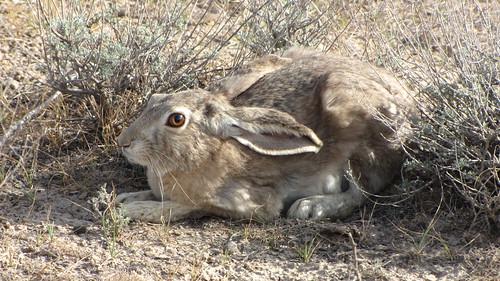
(Photo by Tom_Martin2010)
The Tolai hare (Lepus tolai) is found in open habitats throughout the region.

(Photo by R. Reading)
Another small mammal, the Daurian hedgehog (Mesechinus dauuricus), is native to the region.
I really need to search the libraries for good books about the wildlife of Inner Mongolia and Sichuan.
There will be more posts coming up, not just about my preparations before I head to China, but also for the sake of sharing my experiences and adventures while I am overseas (yes, there is Internet access in Horqin and Jiuzhaigou). Finally, I will be penning down some of my reflections after I return here. At this point in time, I certainly cannot adequately describe just how excited I am to embark on this journey.
A big thank you to Timberland and Nuffnang Singapore for making this possible!